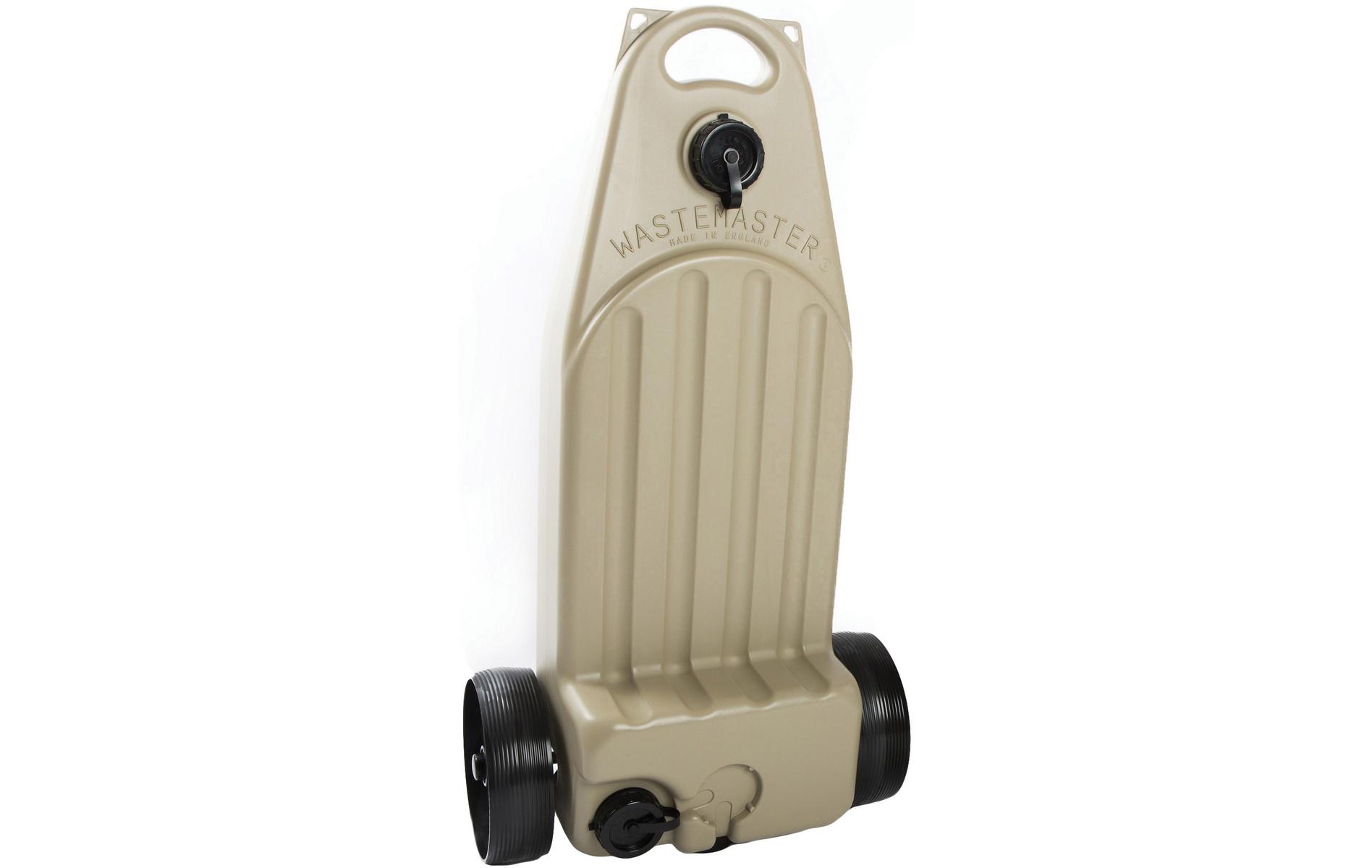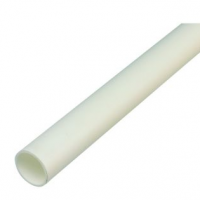
Planning your Waste Water System
All of the water used for washing dishes, showering and washing will need to be directed to a waste tank for later disposal. Not one of the most important campervan topics, however getting this one right will negate blockages and unpleasent odours.
Waste Water Pipe
In a typical caravan the waste pipe is usually 23.5mm or 28.5mm. The type of pipe used is the convoluted type which due to its shape can sometimes suffer from blockages and slow drainage. In a smaller van with short runs of waste pipe and few changes in the direction of the pipe it can be fine. However in a larger campervan with sinks and showers we would advise using larger diameter pipe.
Waste Trap
A waste trap on a domestic system stops smells arising from the drain. Many campervan builders do not use waste traps but we do recommend them on most installations.
Domestic Waste Pipe & Fittings
To enhance the capacity of the system 32mm domestic waste pipe can be used. We prefer the ‘push fit’ fittings which are easy to use and come apart easily for cleaning and when adjusting the layout of the pipes. You can also get a shallow 32mm bottle trap which might be suitable depending on the room you have under the appliance.
The waste fittings available for the sinks and showers are usually quite small in diameter. To join these to the larger domestic pipe required a little ingenuity. We used an adaptor on the waste fitting so that we could install a small piece of the 28.5mm convoluted pipe. This then fitted quite neatly into the 32mm pipe. We then used some tape to make a seal around the pipe joint.



Design Considerations
Pipes are to be fixed to a fall so that the waste water drains away efficiently.
Make sure your campervan is parked on level surface and use a spirit level to check the falls are sufficient. Access to pipes will be needed in case of blockages. On domestic systems regular access points or rodding points are included so you can easily get to blockages.
Clip all pipework securely so that it doesn’t rattle or come loose.
Waste Tanks
You have the option of the internal tanks which are suitable for smaller vehicles. Larger vehicles with a shower facility should be suited to the under floor fixed tanks. There are also portable tanks that many caravaners use.
Capacity
It is no use having a small tank if you want to enjoy a shower morning, afternoon and evening! Estimate how much waste water you will be generating to determine waste tank size.



The location of the waste tank is important and a wrongly installed tank can affect the handling of the vehicle.
With portable tanks remember you need room to store them when not in use.
Internal tanks should be firmly secured and be easy to reach for emptying.
Underfloor Tanks should be fitted away from axles and other moving parts and sited away from hot components such as the exhaust system.
To empty a tank a drain tap is required. Some campervan builders also include a hose so they can direct the waste water away from the vehicle into a drain point.
When working underneath your vehicle we recommend purchasing a pair of heavy duty vehicle ramps. Check your vehicles weight and purchase suitable ramps that will come in handy for years to come. Never go under a vehicle that has been jacked or propped.
It is important for tanks to have a screw cap and a cleaning port.
